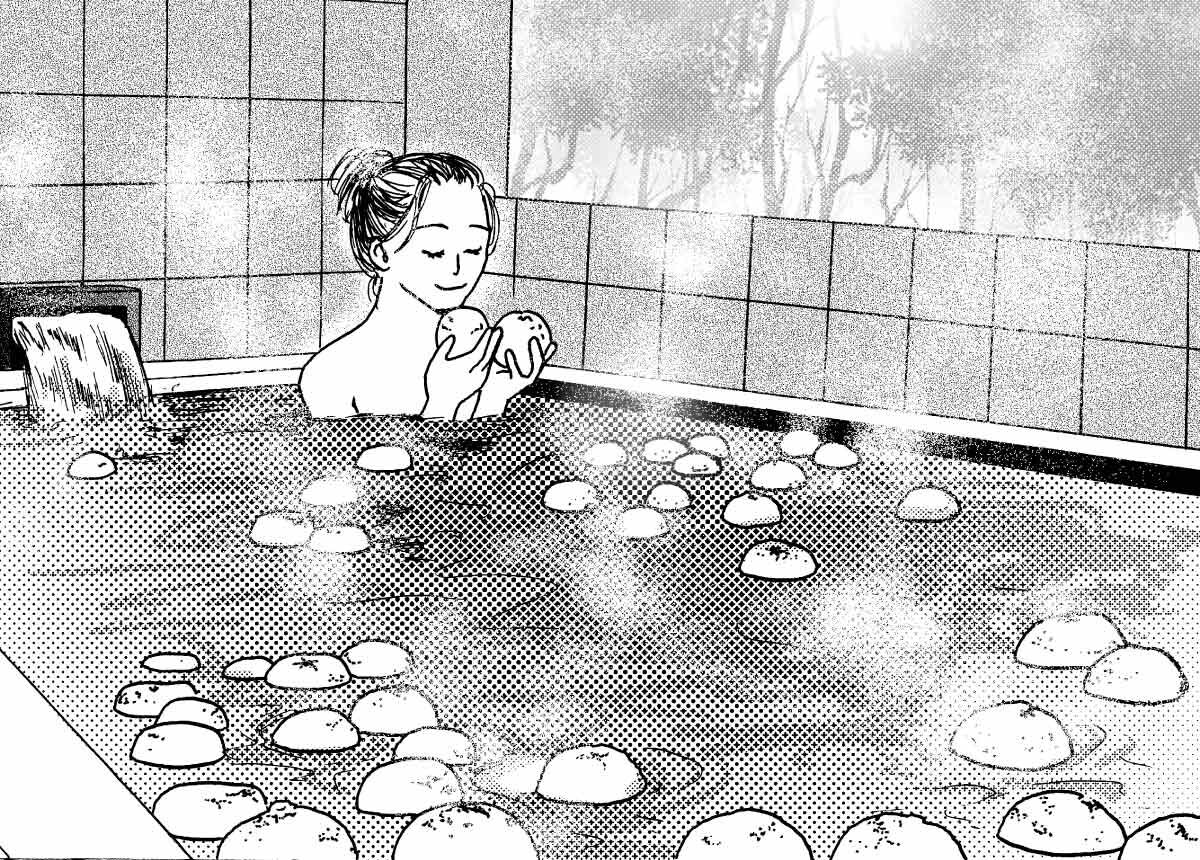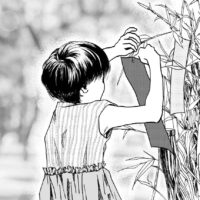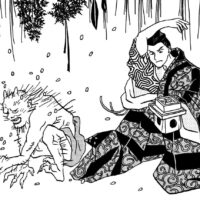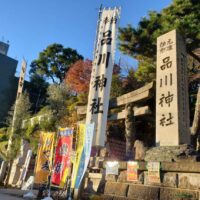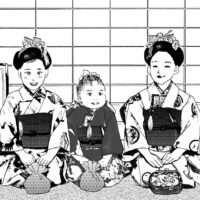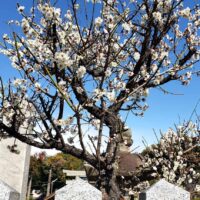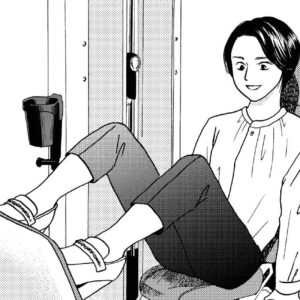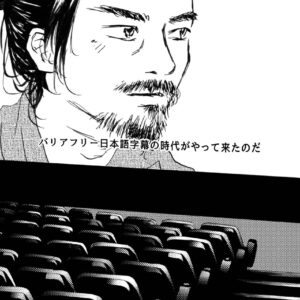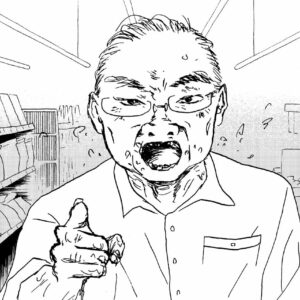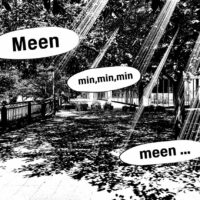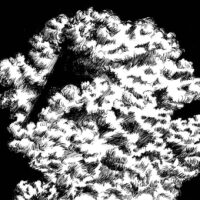The year is divided into 24 periods in Japan. This culture originated in China. Each period lasts almost two weeks, and each has its own name. Today, from 12/22 to around 1/5, is the 22nd seasonal solar term, “Toji(winter solstice).” Toji is the shortest period of the year from sunrise to sunset in the Northern Hemisphere. It is also the period of the year with the shortest day and longest night.
In the past, the Chinese had a more detailed view of the changing seasons than just the four seasons of spring, summer, fall, and winter. The 24 milestones were used as indicators to prepare for the future throughout the year, as a guide for sowing and harvesting in agriculture, and as a preparation for when diseases and other problems were likely to occur. In modern times, the period of Toji is marked by various events such as Christmas, New Year’s Eve, and New Year’s Day. It is considered a period of extreme cold, fatigue, and pronounced mood swings in addition to the busyness of the year-end season. Therefore, we believe that it is important to keep warm during this time of the year.
In Japan, people take a Yuzu-Yu(citrus bath) to protect their bodies from cold. In a Yuzu bath, the whole Yuzu is placed in the bath as it is, or the peel is floated in the bathtub. The refreshing aroma of Yuzu can brighten a depressed mood and stabilize mental health. Non-edible Yuzu for bathing are sold in supermarkets this time of year. And we often eat “pumpkin stew” during this season. It is said that pumpkin is good to eat because it warms the body and improves the digestive system.
We learned the art of curing illness by capturing the seasons from traditional Chinese medical science.



